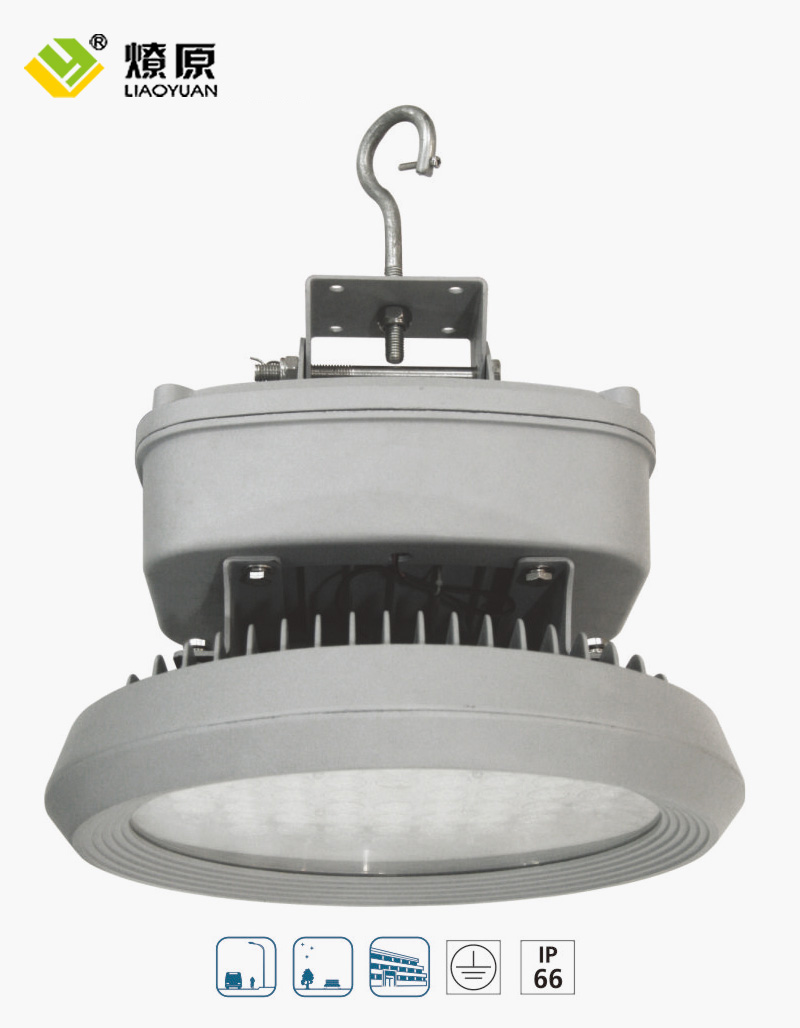Summary:Energy Efficient Industrial LED Lighting
Industrial LED lights consume just a fraction of the energy required by other outdoor commercial l...
Energy Efficient Industrial LED Lighting
Industrial LED lights consume just a fraction of the energy required by other outdoor commercial lighting solutions. Other lighting solutions depend on fuel or gas to provide light and this results in higher energy usage. Industrial LED lighting fixtures use semiconductors to produce light through electrical current. This makes them superior to other technologies in terms of energy efficiency. Fluorescent lighting, for instance, wastes energy by not directing light where it is needed.
Low bay lighting
There are many advantages to Low bay industrial LED lighting. These lights are highly energy efficient and have longer life spans than traditional fluorescent lights. They are also serviceable, easy to install, and do not contain harmful chemicals. They are also more affordable than fluorescent lights and can even qualify for special rebates. However, it is important to understand that not all LED fixtures are created equal. You should consider working with a product expert to ensure that you get the right results.
While many low bay LED lights utilize a single-stage power supply, this configuration has its disadvantages. The first is that this power supply can generate ripple due to incomplete suppression of the AC waveform. This ripple current can cause undesirable visual or stroboscopic effects. Furthermore, two-stage power supplies are more efficient and provide better dimming performance.
Ultra-bright LED fixtures
Ultra-bright industrial LED fixtures provide consistent, even illumination for large areas of work. Their rugged, IP-rated construction makes them suitable for use in a variety of environments. Furthermore, they consume less energy than traditional fluorescent lamps, which makes them a cost-effective solution for many industrial applications.
One ultra-bright industrial LED fixture is the SuperLux. It's a 28-pound, single-lamp fixture with high-contrast light output. It's great for high-bay, crane, and other applications that require a narrow beam. It's also easy to install and uses a standard outlet plug.
Energy efficiency
LED lighting is one of the most energy efficient types of lighting, using dramatically fewer watts than traditional light bulbs. They also last longer, typically 25,000 hours or more. NOPEC, a nonprofit energy supplier in Northeast Ohio, estimates that LED bulbs should last for at least 15 years before they need to be replaced.
LEDs are a great choice for industrial settings because they can help keep buildings cool, especially in hotter climates. Traditionally, incandescent light bulbs lost more than ninety percent of their energy input as heat. This led to a temperature that made rooms warmer, which was less comfortable to live in. As a result, buildings often had inefficient air conditioning units to keep the space cool. LEDs, on the other hand, lose only a small percentage of their energy through heat.
Maintenance costs
Maintenance costs are one of the main concerns when investing in new lighting systems for industrial applications. A number of factors may contribute to these costs. One of the largest is energy savings, of course, but other considerations are lower labour costs and more efficient maintenance teams. Industrial maintenance work is expensive; machine downtime, lift hire charges, and the like can add up. By choosing to install LED lighting systems in industrial environments, companies can begin their journey towards increased energy efficiency.
LED lighting can help reduce overall facility costs, which increases profit margins. The switch to LED also reduces the need for routine maintenance, which means fewer replacements and fewer maintenance costs over time. LED lighting solutions can even save up to 65 percent on energy costs.
Carbon footprint
Increasing the efficiency of industrial LED lighting can significantly reduce carbon emissions. Depending on the application, LEDs can be up to 80% more efficient than traditional lighting sources. However, data about LED energy efficiency is limited. Additionally, most building sustainability standards and policies do not account for the full life cycle of light fixtures. However, the carbon footprint of industrial LED lighting isn't just a technical issue. As a result, the lighting industry is grappling with the amount of embodied carbon in the materials it uses.

|
Number of LEDs
|
LED Current
|
Power Consumpt
|
Nominal Initial Flux*
|
|
48
|
530mA
|
80W
|
9000lm
|
|
700mA
|
100W
|
11000lm
|
|
1050mA
|
150W
|
15000lm
|
|
60
|
530mA
|
100W
|
11500lm
|
|
700mA
|
130W
|
14300lm
|

